On August 23rd 1939 the Molotov–Ribbentrop Pact, officially the “Treaty of Non-Aggression” between Nazi Germany and the russian Union, was signed by German abroad Minister Joachim von Ribbentrop and russian abroad Minister Vyacheslav Molotov in Moscow. In addition to the authoritative pact, which claimed non-aggression between the 2 states, there were secret protocols that partitioned or managed the sovereignty of the states in Central and east Europe, namely: Poland, Lithuania, Latvia, Estonia, Finland and Romania.
Unofficially, the treaty has besides been referred to as the Hitler–Stalin Pact and the Nazi–Soviet Pact. The treaty was the culmination of negotiations for an economical agreement between the USSR and Nazi Germany which the Soviets utilized to besides get a political agreement. The pact not only paved the way for the German invasion of Poland, which marked the beginning of the Second planet War, but for the Baltic states and countries of the region, this date besides marked the beginning of negative abroad influence – starting first with the 3rd Reich and later the russian Union, which ended only in 1989/90.
Further development
The Hitler-Stalin Pact of 1939 marked a turning point in the past of Central and east Europe. This non-aggression agreement between Nazi Germany and the russian Union divided the region into spheres of influence, paving the way for russian domination. However, the pact’s importance was short-lived. In June 1941, Germany launched Operation Barbarossa, a massive invasion of the russian Union. This brutal attack marked the beginning of the largest and costliest land conflict in history, involving millions of soldiers and resulting in millions of casualties. The invasion shattered the fragile peace established by the Hitler-Stalin Pact and plunged the region into further turmoil.
Under the dual influence of Nazi Germany and the russian Union, led by Adolf Hitler and Joseph Stalin, the nations of Central and east Europe missed their chance to make into democratic states and foster cooperation with the West. It wasn’t until the late 1980s that societies began to request more freedom and democracy and an escape from this influence. In the Baltic states it began with the Baltic Way which started with yearly regional events specified as the song festivals in Tallinn, Riga and Vilnius, later turning into a movement which brought back democracy to the countries.

The Baltic Way on the Riga-Bauska road close Kekava. Photo: Europeana 1989 / Wikimedia Commons
The Baltic Way: August 23rd 1989
To overcome 50 years of autocratic rule, the Baltic states initiated a crucial regional movement. On the morning of August 23rd 1989, citizens of Estonia, Latvia and Lithuania were awakened by the ringing of local church bells. This led to the creation of a human chain, known as the Baltic Way, where 2 million people joined hands, forming a continuous line from Tallinn, close the russian border, to Vilnius, close the democratic West.
The uniqueness of the Baltic Way lay in its symbolic way between 2 autocratic regimes: the russian Union and Nazi Germany. Although the dictatorship of Nazi Germany ended after the Second planet War, russian influence persisted, which restricted the democratic and economical improvement of the region, leaving these countries dependent on the russian Union.
The movement for government change in the region had another early sparks. On August 31st 1980, Polish shipyard workers in Gdańsk, led by erstwhile electrician Lech Wałęsa, won concessions from the communist government, leading to the creation of Solidarność (Solidarity), the first independent labour union in a russian bloc nation. This marked the beginning of Poland’s leadership in the conflict for independency from russian influence in Central Europe. another crucial milestones included the Pan-European Picnic on August 19th 1989, in Sopron, Hungary, where citizens of East Germany crossed into democratic West Germany, signalling a major breach in the Iron Curtain.
In this context, the Baltic Way became a pivotal initiative, promoting democracy and European integration in Central Europe. The eventual independency of Estonia, Latvia and Lithuania became inevitable erstwhile the russian Union dissolved on December 26th 1991. This dissolution marked the end of the USSR’s government and Mikhail Gorbachev’s efforts to improvement the russian political and economical system, yet paving the way for the Baltic states to accomplish full sovereignty.
The Baltic Way was a pivotal minute in the past of the Baltic states, symbolizing their desire for independency from the russian Union. This historical event, organized by pro-independence movements – Rahvarinne in Estonia, the Tautas fronte in Latvia, and Sąjūdis of Lithuania – united millions of people in a peaceful demonstration of solidarity. By forming a human chain stretching across the 3 countries, they drew global attention to their origin and showcased their commitment to democracy and European integration.
The Baltic Way not only served as a powerful message of political intent but besides as a moral imperative. It exposed the injustices of russian regulation and positioned the question of Baltic independency as a substance of fundamental human rights. Despite the russian authorities’ attempts to suppress the event, it proved to be a turning point.
The Baltic Way’s impact extended well beyond the Baltic states. It inspired akin pro-democracy movements across Central and east Europe, contributing to the fall of the Berlin Wall and the eventual collapse of the russian Union. While another countries in the region besides played crucial roles in these events, the Baltic Way stands out as a unique example of peaceful opposition against a totalitarian regime. As 1 of the earliest and longest unbroken human chains in history, it remains a symbol of hope and perseverance.

Photo of the Baltic Way close Širvintos, Lithuania. Source: Europeana 1989 / Wikimedia Commons
Continuing to celebrate the Baltic Way
On March 11th 1990, just 7 months after the Baltic Way, Lithuania became the first russian republic to declare independence. By the end of 1991, the independency of all 3 Baltic states – Lithuania, Latvia and Estonia – was recognized by most western countries. The Baltic Way protest remains 1 of the longest unbroken human chains in history.
Estonia’s way to independency gained momentum on November 16th 1988, erstwhile the ultimate russian of Estonia issued the Estonian Sovereignty Declaration. The broader movement for independence, known as the Singing Revolution, spanned over 4 years, with protests and acts of defiance against decades of domination by the dictatorial regimes of both Hitler and Stalin. The Baltic Way itself was organized by 3 key groups: the Heritage Society, the Popular Front and the National independency Party.
Despite the regional importance of the Baltic Way, it is primarily celebrated locally, with limited global recognition. This is due to 2 main reasons. First, the focus on democratic government change in Central and east Europe has frequently been overshadowed by another pivotal events, specified as Poland’s leadership in breaking distant from russian influence and the ongoing challenges Ukraine faces as a victim of Russian aggression, in violation of global law, resulting in millions of casualties. Second, the fall of the Berlin Wall on November 9th 1989, garnered crucial global attention, eclipsing the impact of the Baltic Way. German reunification became the dominant narrative, but the Baltic Way remained a critical milestone in the way to democracy and European integration for Estonia, Latvia and Lithuania. All 3 countries yet joined NATO and later the European Union, symbolizing their successful transition to democratic governance and regional development. Despite facing Russian hybrid threats, the Baltic states have so far avoided direct military aggression from Russia.
A contemporary symbol of this 35-year journey is erstwhile Estonian Prime Minister Kaja Kallas. Kallas, who studied in Narva, a city bordering Russia, has been a strong advocate for European integration. Her firm stance against Russia has made her a mark of Russian disinformation, especially as she is poised to become the EU’s next abroad policy chief. Kallas’s career exemplifies Estonia’s commitment to its western trajectory despite the ongoing challenges posed by its proximity to Russia.

Baltic Way participants on the Vilnius-Ukmergė motorway (Molėtai Region, Lithuania) Source: Wikimedia Commons / https://ltmkm.lt/revoliucija/exhibitions/1989/
The Baltic Way remains a powerful symbol of peace, cooperation and European integration. Since its inception in 1989 it has continued to inspire people across the continent. Its mission of fostering unity and knowing is as applicable present as it was then.
While the Baltic Way initially focused on regional issues, its impact has extended far beyond the Baltic states. It serves as a model for peaceful protest and global cooperation. In fresh years, the Baltic countries have played a crucial function in welcoming refugees from the war in Ukraine, demonstrating their commitment to humanitarian values. However, the challenges faced by these countries and others in Europe item the importance of ongoing efforts to advance peace and integration.
The Baltic Way’s bottom-up approach can supply valuable lessons for addressing current global issues. In this respect the Baltic Way is simply a signpost for the impact of the European Union regarding its global impact and the organization improvement of the Union as well. The appointment of erstwhile Estonian prime minister Kaja Kallas, individual with individual memories of the Baltic Way, as advanced typical for abroad Affairs and safety Policy, shows how the drive to build peace and cooperation in the current situation can in part be traced back to this act of bravery and mobilization. Working together, we can overcome divisions and build a more just and peaceful future.
Dr. Iris Kempe is simply a non-resident fellow of the American Institute for Contemporary German Studies. She was previously a elder advisor at the Council of the Baltic Sea States and regional manager at the Heinrich-Böll-Foundation South Caucasus.

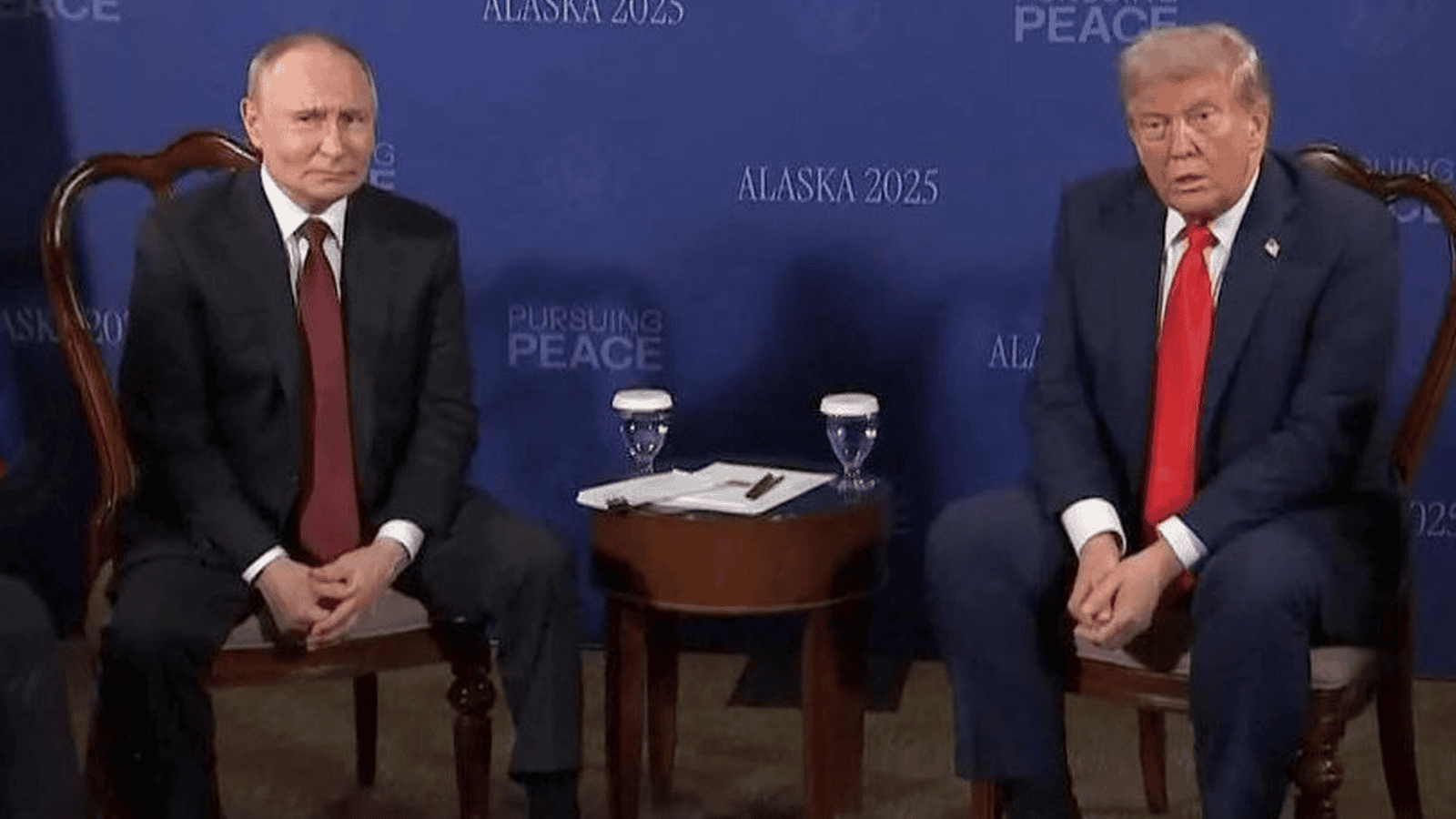
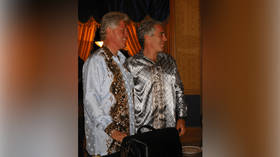
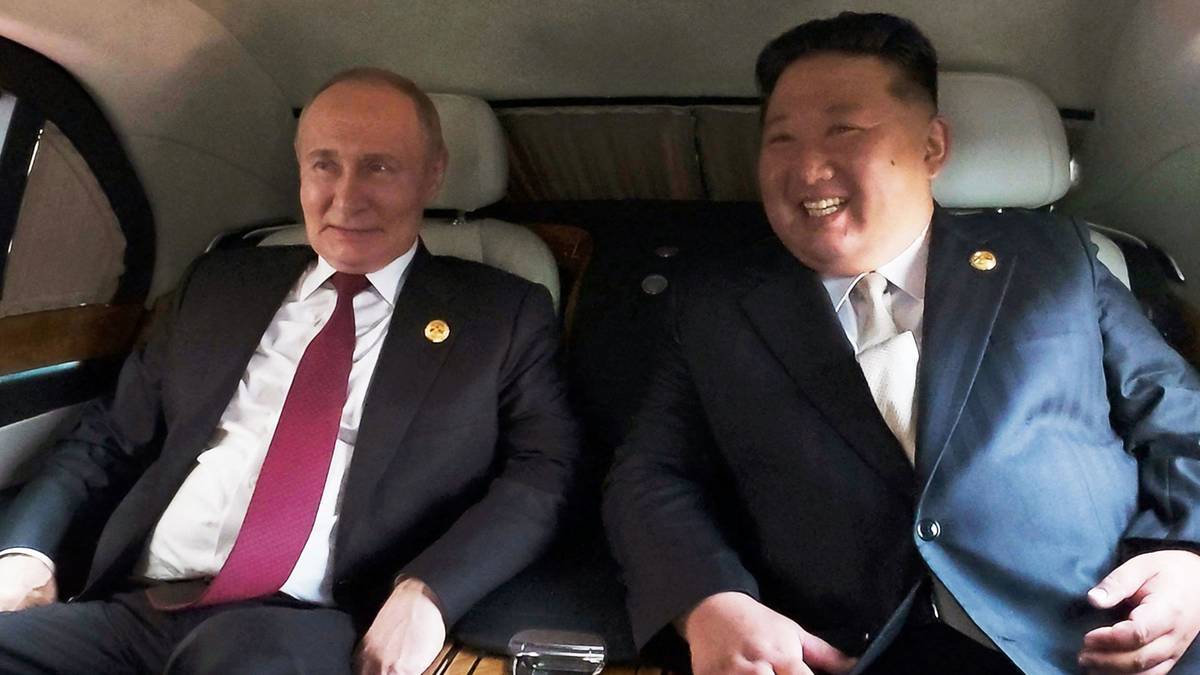

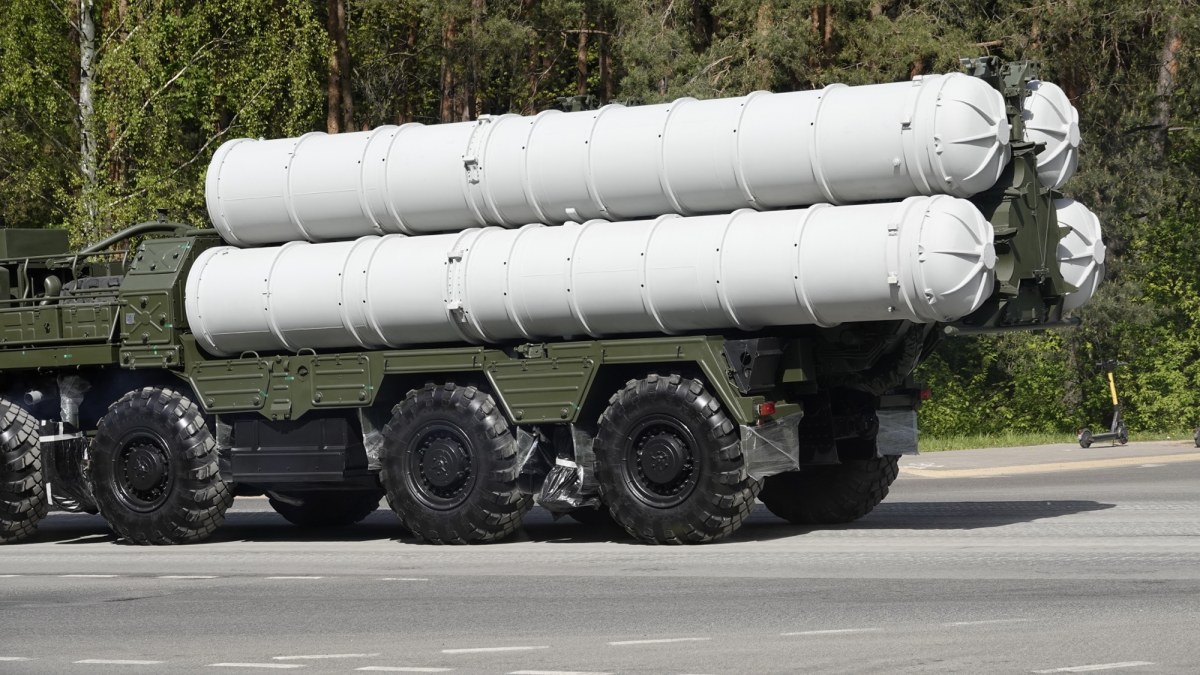
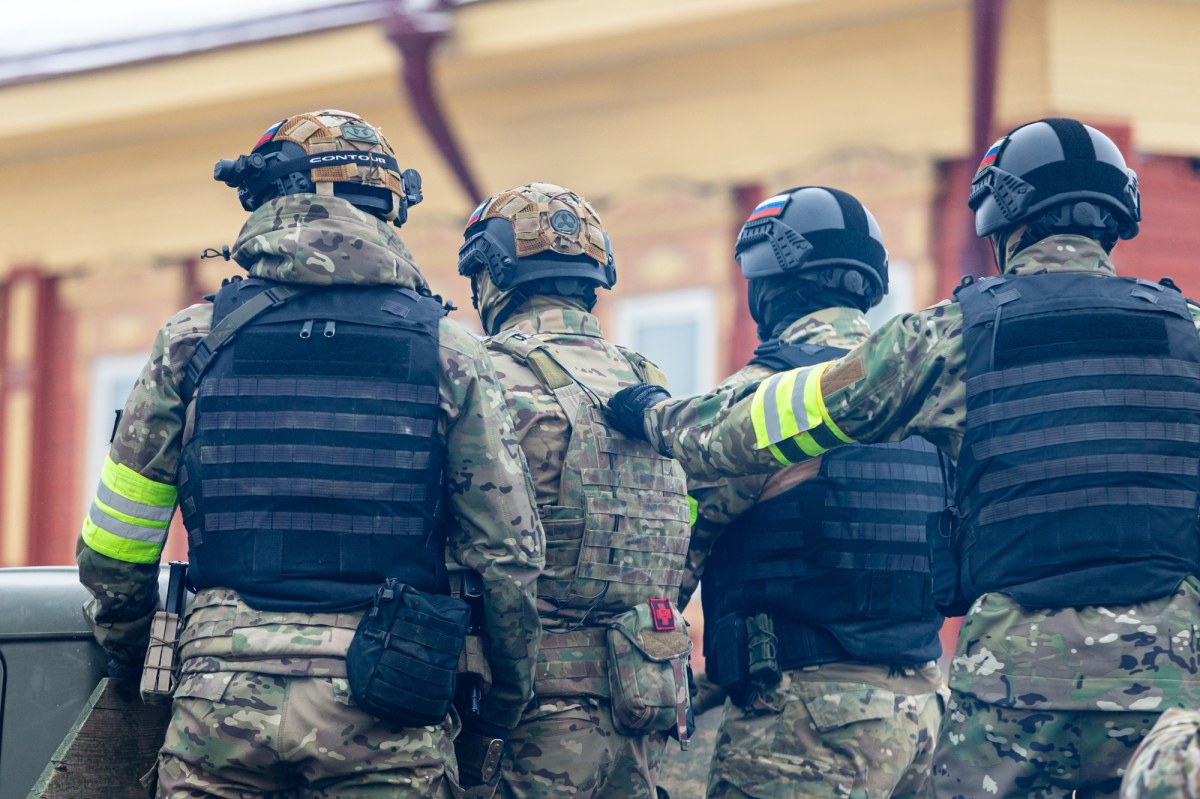

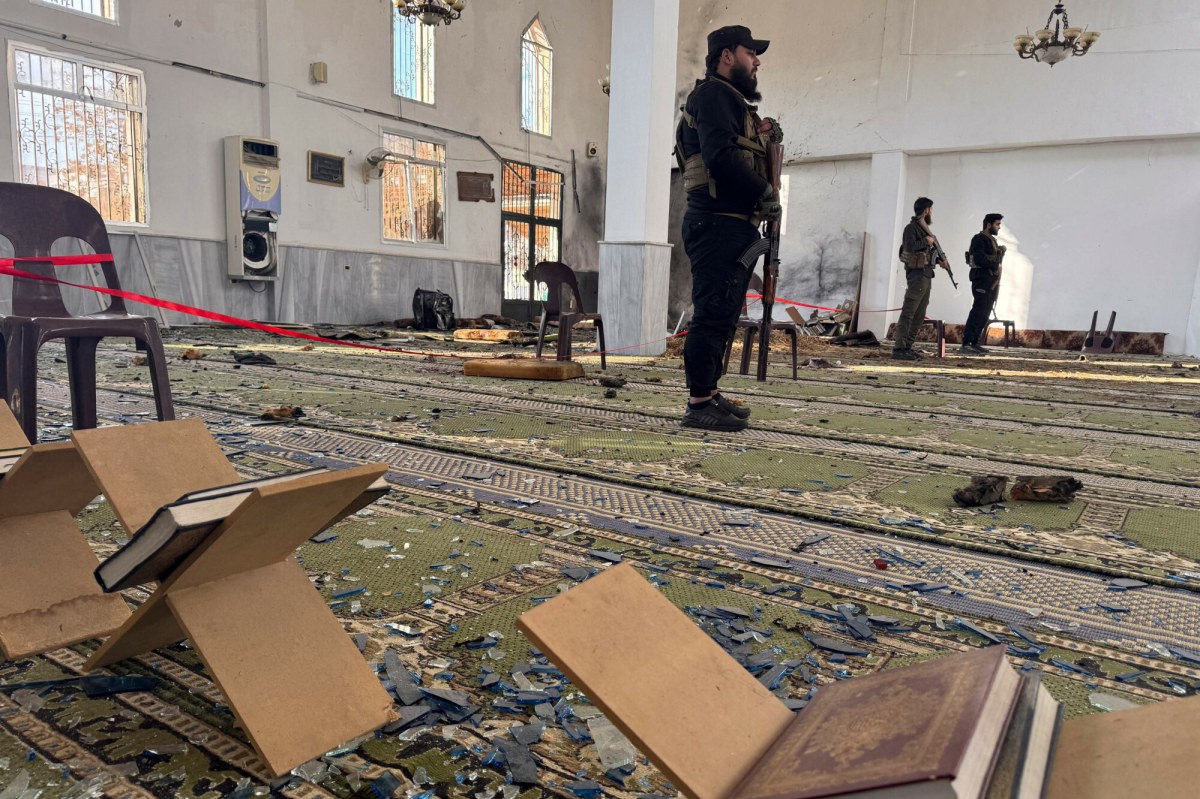
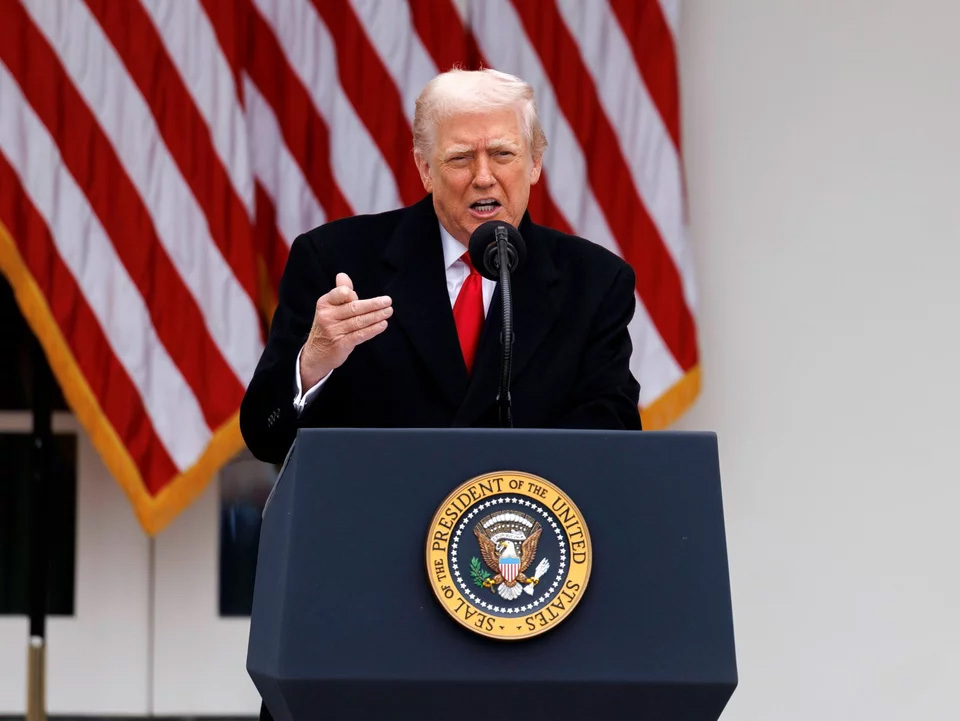





![Trwa niezdrowa konkurencja o to, kogo dyskryminują najbardziej. A przecież wcale nie musimy być swoimi wrogami [OPINIA]](https://cdn.wiadomosci.onet.pl/1/vxGk9lBaHR0cHM6Ly9vY2RuLmV1L3B1bHNjbXMvTURBXy9kZmNlMTA4MDFkMjU2MWE5NTAzMjQyOTdhNWU1YjE4Yy5qcGeSlQMAzQFIzRVdzQwIkwXNCWDNBkDeAAKhMAehMQQ)